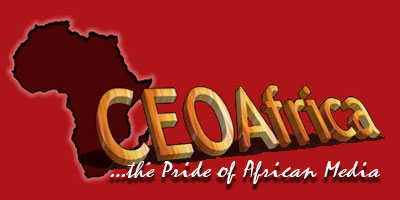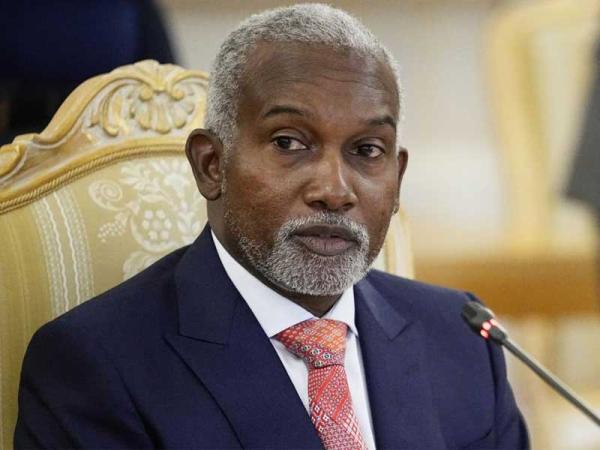
Top officials from the United States and China announced Tuesday, June 10, that they had reached a “framework” agreement to move forward on trade issues following two days of high-level negotiations in London. The talks, held at Lancaster House, aimed to ease tensions between the world’s two largest economies, particularly concerning export restrictions and rare earth minerals.
US Commerce Secretary Howard Lutnick expressed optimism about resolving concerns related to rare earths and magnets, stating that issues would likely be settled as the framework is implemented. However, the proposed deal still requires approval from leadership in Washington and Beijing.
The talks were closely watched globally, as both sides worked to break a deadlock over China’s export controls. US officials have previously accused Beijing of delaying approvals for shipments of rare earths, which are vital for technologies such as smartphones, electric vehicles, and green energy infrastructure.
Efforts to de-escalate the ongoing tariff war were also central to the discussions. While existing tariffs are temporarily paused, officials from both countries acknowledged the complexity of reaching a long-term resolution.
“We’re moving as quickly as we can,” said US Trade Representative Jamieson Greer, adding that both parties hoped to secure an agreement that benefits both nations. “We feel positive about engaging with the Chinese,” he said.
China’s International Trade Representative Li Chenggang described the talks as “professional, rational, in-depth and candid,” expressing hope that the progress in London would help rebuild trust.
US Treasury Secretary Scott Bessent, who co-led the US delegation alongside Lutnick and Greer, described the discussions as productive. Bessent left the talks early due to Congressional testimony obligations.
China’s team was led by Vice Premier He Lifeng and included Commerce Minister Wang Wentao and Li Chenggang. No follow-up meeting has yet been scheduled.
Lutnick suggested that US-imposed measures tied to stalled rare earth shipments could be lifted once Beijing expedites license approvals. The issue had been a sticking point since temporary agreements were reached during talks in Geneva last month.
Kevin Hassett, President Donald Trump’s top economic adviser, said China had agreed to release rare earth supplies in exchange for lowered tariffs, but the pace of implementation had frustrated some American firms.
Emily Benson of Minerva Technology Futures noted that both countries now possess a “mirror arsenal” of trade and investment measures, warning against expecting a traditional agreement in such a high-stakes environment. Still, she suggested incremental steps, such as China streamlining export licenses and the US easing some high-tech export curbs, could help prevent further deterioration.
Despite the cautious optimism, analysts remained wary. Thomas Mathews of Capital Economics said Washington was unlikely to retreat fully from its hardline stance, which could continue to affect market confidence.
Since his return to office, President Trump has imposed a 10 percent tariff on numerous countries, affecting global trade. Chinese data showed a sharp drop in exports to the US in May, further intensifying concerns.
The World Bank on Tuesday lowered its 2025 global growth forecast, citing the uncertainty stemming from unresolved trade tensions. Meanwhile, China is exploring alliances with countries like Japan and South Korea in an effort to counterbalance US tariffs.






















